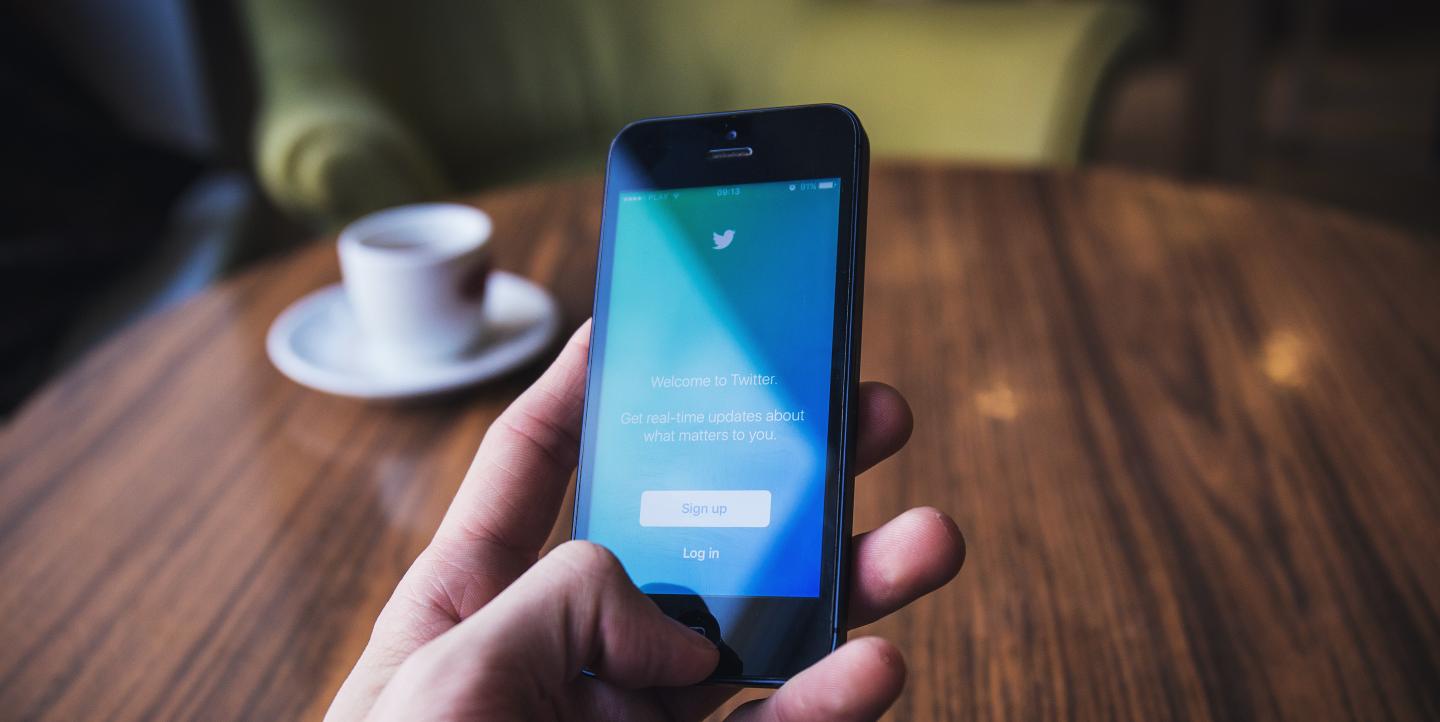When news breaks, Twitter can serve as a useful platform to quickly share and collect information. It can also be a place where information gets distorted, misinterpreted and misused. As the platform becomes an increasingly popular tool to spread breaking news, reporters and newsrooms have started to think about how to use Twitter responsibly and ethically, while ensuring information can be shared rapidly.
At the 2019 Excellence in Journalism Conference in San Antonio, Texas, five panelists met to discuss exactly that. How can Twitter — and other social media platforms — be used in a way that promotes ethical journalism standards, and at the same time, allows the platform to be used as a quick way to spread information.
Define your online persona
Natalie Moore, one of the panelists, works as engagement editor at Community Impact Newspaper, a hyperlocal newspaper that focuses on distributing information that is specific and useful to communities across the U.S. She said working at an organization with a clear mission made it easier to determine an online persona and decide what news was worth tweeting about — and what should be left alone.
Although Moore recognizes that mirroring your organization’s mission might mean that your Twitter persona is not the edgiest, funniest or most satirical one on the internet, it will allow you to tweet ethically and responsibly without crossing lines.
Decide who you want the world to see when they read your tweets, and evaluate whether that follows your organizational mission, while also showing your authentic self.
Tell people how they can help
When news breaks about public emergencies or mass tragedies, it’s important to let people know how they can help. Sometimes journalists are too focused on the facts that they forget to think about how they can directly impact a community in need, said Moore. When a mass shooting, natural disaster or any other public emergency happens, communities are eager — sometimes even desperate — to help and contribute to something.
A single tweet about how people can donate blood, clothes, food or time goes a long way.
Patti Card Smith, an international media consultant, pointed out that these are the types of tactics that encourage communities to welcome you as their own, especially if you are an outsider. Showing that you care is a first step to building trust and making communities feel comfortable sharing information with you.
Forget hashtags
Forget hashtags when reporting on sensitive topics and breaking news, said Lauren McGaughy, State Capitol Reporter at the Dallas Morning News. Hashtags used to be a way to track who was talking about an event, but now Twitter’s search tools are incredibly advanced and can track topics without the use of hashtags.
Understand your platforms
Twitter is a useful tool for breaking news, and can track a story’s development through threads, said Brandi Smith, anchor at KHOU-TV Houston. Facebook, on the other hand, is useful for watching and sharing live videos and sharing a final, developed product to your audience. Instagram is great for delivering newscasts, and can be used as a way to push people to other links and articles.
The future of social media, especially for media professionals, will be in understanding how your audience reacts to each platform, said Smith. This will allow you to develop a social media plan that is effective for sharing and gathering information, and ethically responsible.
Main image CC-licensed by Unsplash via freestocks.org.

